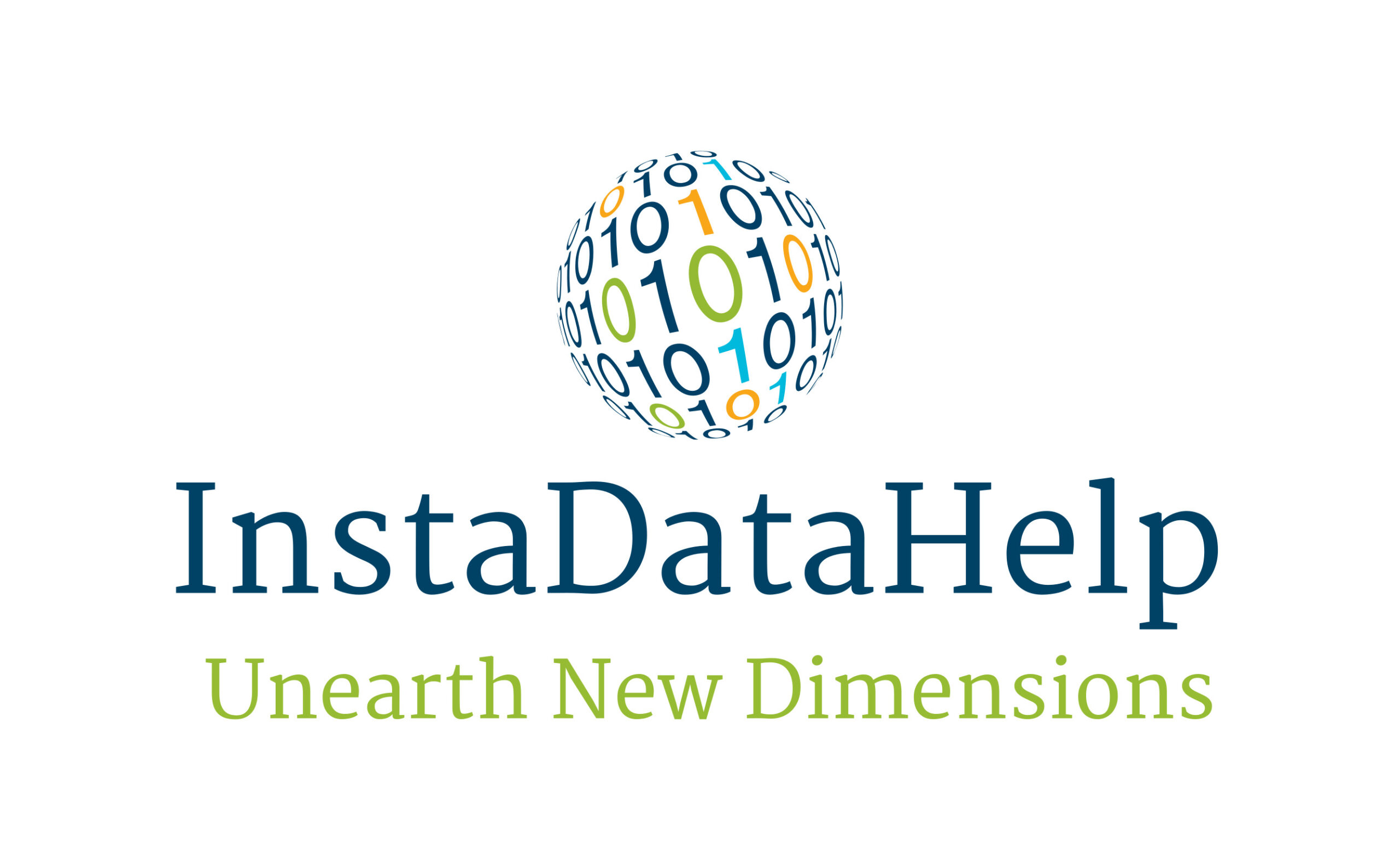Deep Learning Takes Energy Forecasting to New Heights
Introduction
Energy forecasting plays a crucial role in the efficient management of energy resources. Accurate predictions of energy demand and supply are essential for planning and decision-making in the energy sector. Traditionally, forecasting models have relied on statistical methods and time series analysis. However, with the advent of deep learning, energy forecasting has reached new heights. Deep learning algorithms, inspired by the functioning of the human brain, have revolutionized various fields, including image recognition, natural language processing, and now energy forecasting. In this article, we will explore how deep learning is transforming energy forecasting, its benefits, and its potential for the future.
What is Deep Learning?
Deep learning is a subset of machine learning that focuses on artificial neural networks, which are inspired by the structure and functioning of the human brain. These neural networks consist of multiple layers of interconnected nodes, known as neurons. Each neuron performs a simple mathematical operation on its inputs and passes the result to the next layer. Through a process called backpropagation, the neural network learns from the data and adjusts the weights of the connections between neurons to improve its predictions.
Deep Learning in Energy Forecasting
Energy forecasting involves predicting future energy demand and supply based on historical data, weather patterns, economic indicators, and other relevant factors. Deep learning algorithms excel in capturing complex patterns and relationships in large datasets, making them ideal for energy forecasting tasks. Here are some ways deep learning is being applied in energy forecasting:
1. Load Forecasting: Load forecasting is the process of predicting the electricity demand at a specific location over a given period. Deep learning models can analyze historical load data, weather conditions, and other relevant factors to accurately forecast future load demand. These models can capture non-linear relationships and dependencies that traditional statistical models may miss, resulting in more accurate predictions.
2. Renewable Energy Forecasting: Deep learning algorithms can also be used to forecast the output of renewable energy sources such as solar and wind. By analyzing historical weather data, satellite imagery, and other relevant inputs, deep learning models can predict the amount of energy that will be generated by these sources in the future. This information is crucial for grid operators to balance supply and demand and optimize the integration of renewable energy into the grid.
3. Price Forecasting: Deep learning models can also be used to forecast energy prices, which are influenced by factors such as supply and demand, weather conditions, geopolitical events, and market trends. By analyzing historical price data and other relevant factors, deep learning algorithms can predict future energy prices, helping energy traders, producers, and consumers make informed decisions.
Benefits of Deep Learning in Energy Forecasting
Deep learning offers several advantages over traditional forecasting methods in the energy sector:
1. Improved Accuracy: Deep learning models can capture complex patterns and relationships in data, resulting in more accurate predictions. This is particularly beneficial in energy forecasting, where factors such as weather conditions, economic indicators, and policy changes can have a significant impact on energy demand and supply.
2. Flexibility: Deep learning models can handle a wide range of data types, including numerical, categorical, and time series data. This flexibility allows energy forecasters to incorporate diverse data sources and variables, resulting in more comprehensive and accurate predictions.
3. Scalability: Deep learning models can handle large datasets and scale to accommodate increasing data volumes. This scalability is crucial in the energy sector, where data volumes are growing rapidly due to the proliferation of smart meters, IoT devices, and other data sources.
4. Real-time Forecasting: Deep learning models can provide real-time forecasts, allowing energy operators to respond quickly to changing conditions and optimize energy management. This is particularly important in the case of renewable energy sources, where output can vary rapidly due to weather conditions.
Future Directions
While deep learning has already made significant strides in energy forecasting, there are several areas where further research and development are needed:
1. Uncertainty Quantification: Deep learning models often provide point predictions without quantifying the associated uncertainty. However, in energy forecasting, uncertainty is a critical factor. Future research should focus on developing methods to quantify and communicate uncertainty in deep learning-based energy forecasts.
2. Integration with Other Models: Deep learning models can be integrated with traditional statistical models to combine their strengths and improve forecasting accuracy. Hybrid models that leverage the strengths of both approaches could be a promising direction for future research.
3. Explainability: Deep learning models are often considered black boxes, making it challenging to understand the reasoning behind their predictions. In energy forecasting, explainability is crucial for building trust and gaining insights into the factors driving energy demand and supply. Future research should focus on developing methods to interpret and explain the predictions of deep learning models in the energy sector.
Conclusion
Deep learning has brought significant advancements to energy forecasting, enabling more accurate predictions of energy demand, supply, and prices. By leveraging the power of artificial neural networks, deep learning models can capture complex patterns and relationships in data, resulting in improved forecasting accuracy. The benefits of deep learning in energy forecasting include improved accuracy, flexibility, scalability, and real-time forecasting capabilities. However, further research is needed to address challenges such as uncertainty quantification, integration with other models, and explainability. With ongoing advancements in deep learning and the availability of large-scale energy datasets, the future of energy forecasting looks promising, with deep learning at its core.


Recent Comments